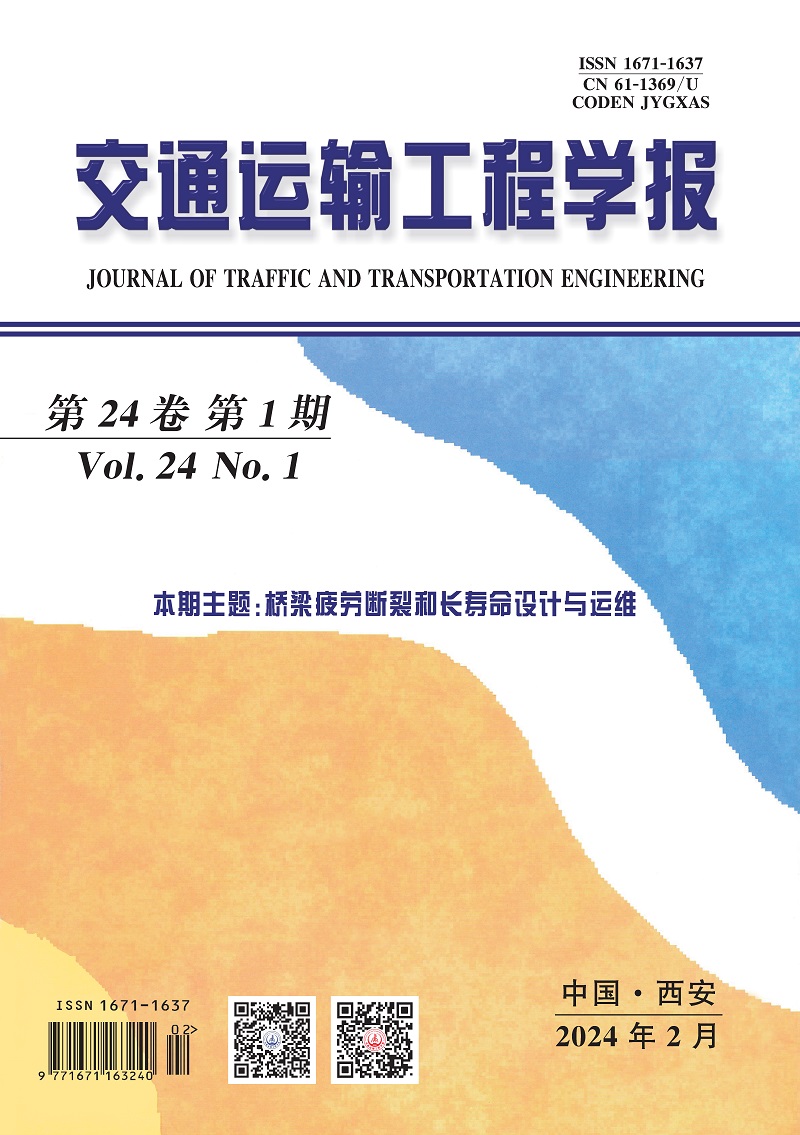2017 Vol. 17, No. 5
Display Method:
Abstract:
2017, 17(5): 1-15.
Abstract:
2017, 17(5): 16-26.
Abstract:
2017, 17(5): 27-38.
Abstract:
2017, 17(5): 39-49.
Abstract:
2017, 17(5): 50-60.
Abstract:
2017, 17(5): 61-70.
Abstract:
2017, 17(5): 71-80.
Abstract:
2017, 17(5): 81-89.
Abstract:
2017, 17(5): 90-101.
Abstract:
2017, 17(5): 102-112.
Abstract:
2017, 17(5): 113-120.
Abstract:
2017, 17(5): 121-137.
Abstract:
2017, 17(5): 138-148.
Abstract:
2017, 17(5): 149-158.




